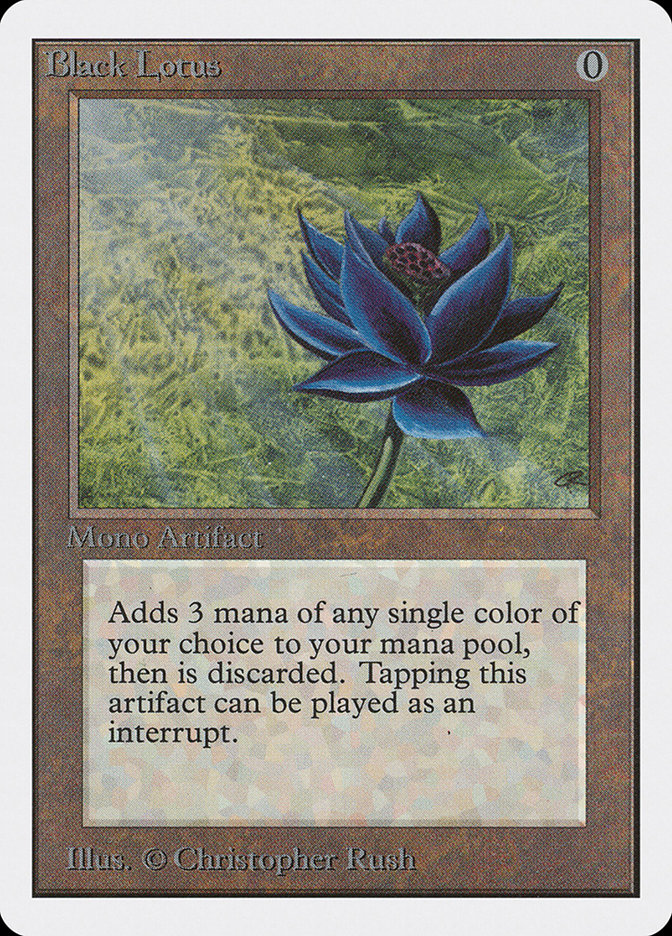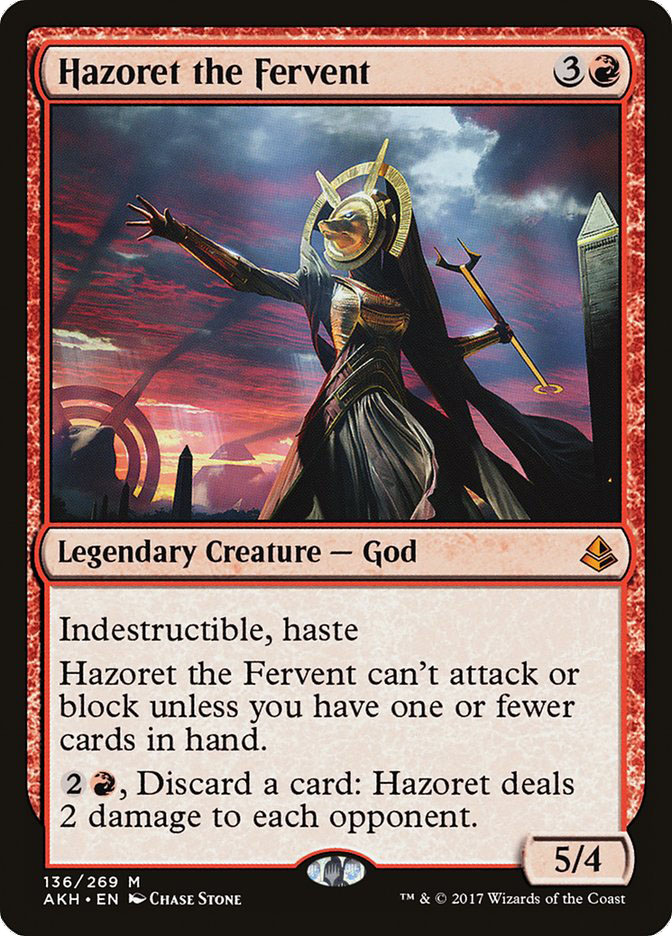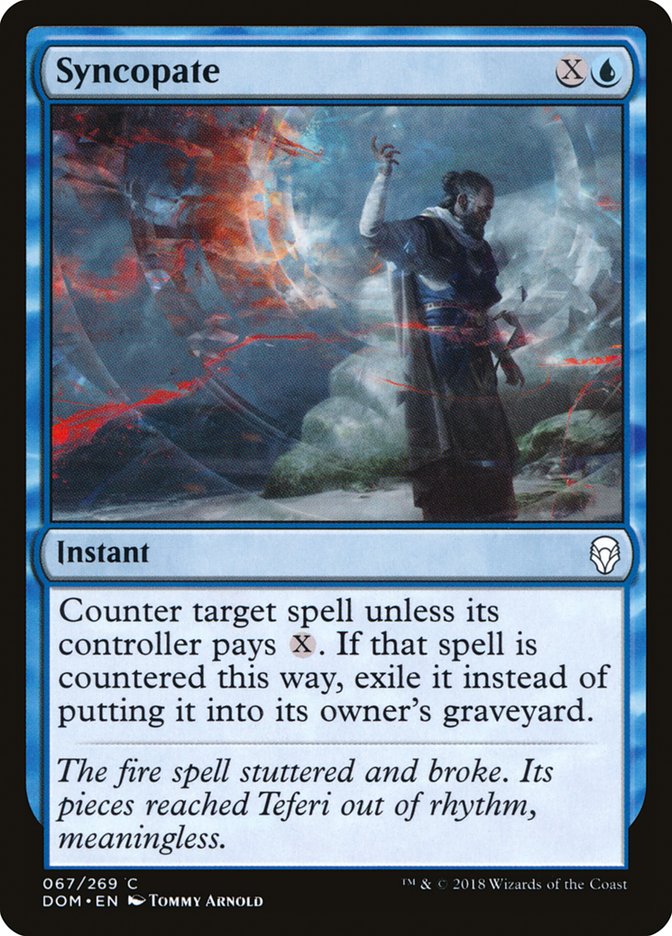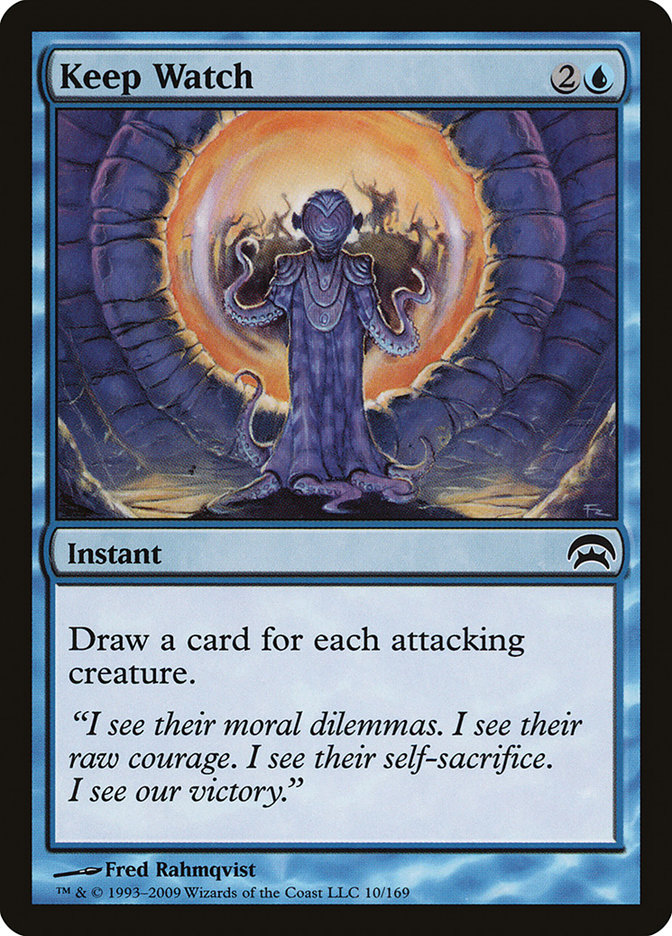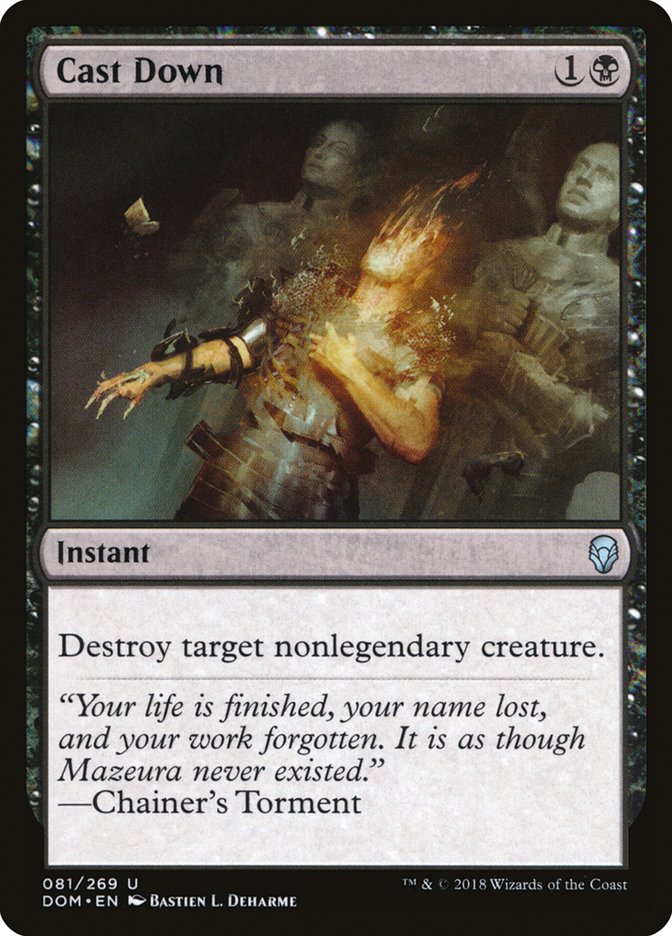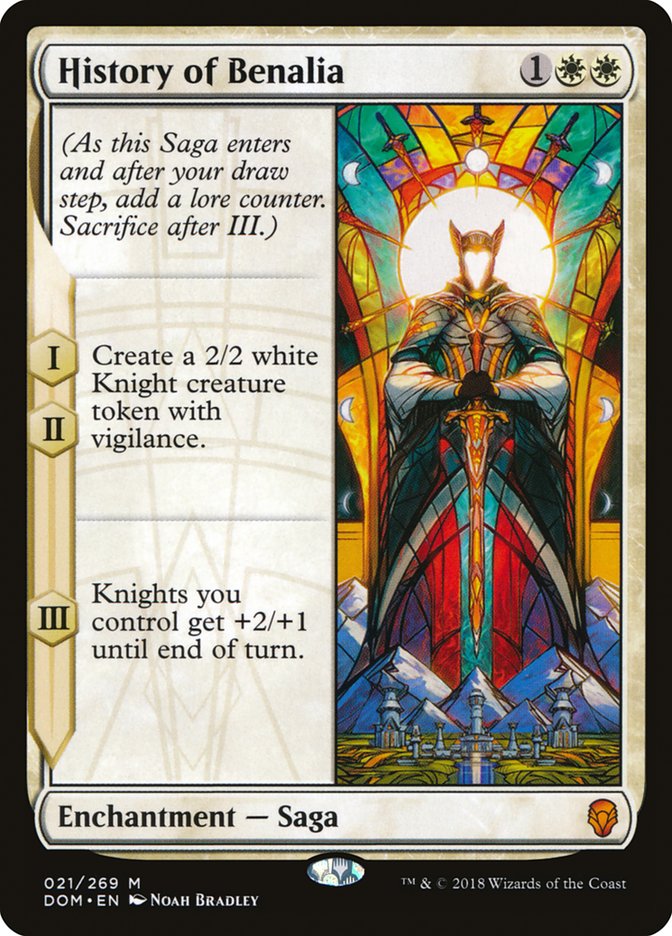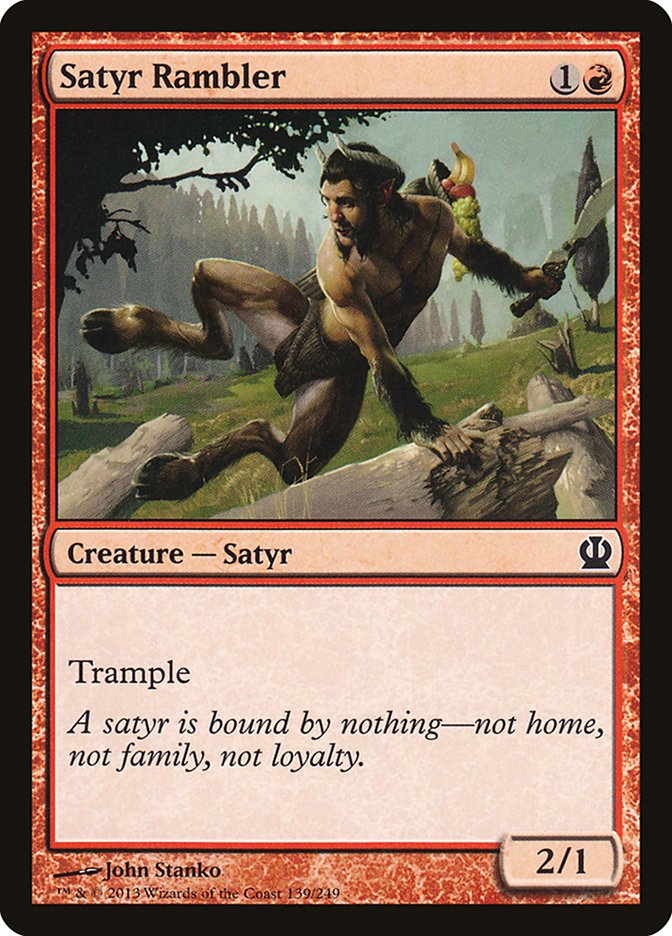At Pro Tour Hour of Devastation I had myself a tidy little 7-3 in the Constructed portion with Mono-Red. Afterward I had simply written off the format as stupid, since if you didn’t have four Hazoret the Fervent in your maindeck, you made a fundamental deckbuilding error (props to Shintaro Kurata and Seth Manfield who had the fourth in the sideboard).
As time went on it seemed like The Scarab God was the new menace of Standard, putting serious deckbuilding restrictions on any player who wanted to be competitive. It feels now like each of my concerns was relatively short-lived, since many of my concerns would be alleviated each time a new set would come out. It doesn’t mean I was wrong before; it just means that Hazoret isn’t intrinsically an unfair card, because if it were, you would see people playing it off Black Lotus in the Vintage Super League.
Try it out!
Hazoret and The Scarab God are products of their environment. Hazoret was an oppressive strategy because Temur hadn’t been solved yet and the mana in every other deck didn’t meet standards of consistency that we expect from two-color decks.
I strongly suspect the people working at Wizards of the Coast right now are substantially more diligent, motivated, and passionate than they have been in the past. I watch the Team Modern Super League from time to time when they have the Play Design team with a rotating cast of characters, but the thing I enjoy most is they sit around the office after hours and tag-team the commentary booth and you can tell they want to win. You can see a sincere sense of teamwork and a positive atmosphere. They love Magic just like we do and they’re working hard to make it a great game. I believe the ship is being steered in the right direction and we’re about to enter a golden age of Standard.
Syncopate jumps out to me as a wonderful reprint and it will never be surprising to see exactly two copies of Syncopate in any blue deck. It’s basically cheap creature kill early and it can be solid gold in the late-game.
I like to think about a game of Magic like the old World Series of Poker coverage where you would see two hidden hands and each had its percentage chance to win next to it fluctuating on the turn of a card: an Ace-King offsuit with a 47% chance to win and a pair of deuces with a 53% chance to win. When the game starts out, we each have 50% (unless you’re me, then you have 67%) and things like failing to play a land early in the game or taking a mulligan have a heavy influence on these numbers.
The wonderful feeling about counterspells is that, once you’re in an advantageous position, you can sit there and do nothing and preserve your position. I feel like I’m playing on easy mode when my opponent can’t even topdeck their best card to win. We When they have no cards in hand and you have the kill next turn with a Syncopate in your hand, when you are the only one who knows the percentages next to your hands are 100% and 0% but you get to keep playing…in a high-stakes tournament match, there’s no better feeling.
(A little stress in the back of your head saying “Don’t blow it!” but overall pretty great.)
The cost of putting a counterspell in your deck is you can’t use it on a card that’s already on the battlefield but Syncopate trades off being bad when you’re manascrewed for being affordable starting Turn 2. Drawing multiples is usually bad and drawing one is often very, very good. I’m having visions of Syncopate in the Temur Energy builds before Attune with Aether was banned and it would’ve been the perfect card.
The thing that makes Syncopate a better option as a reactive card that can kill a creature is that it can be used to stop stuff like planeswalkers and Hour of Promise. It’s actually quite enjoyable to figure out what mix of cards I want in my midrange deck to best confuse my opponent and give myself optimal playability. If I think they’re too invested in creature removal, I can go for card advantage and counterspells, but these are typically cards that underperform against aggro decks and Toolcraft Exemplar reminds me a lot of Wild Nacatl.
Cast Down also jumps out at me as a super-pushed Constructed card. At first I didn’t know what to think of it, but now I look at this card and it’s not that far off from Doom Blade. They’re both two-mana instants that kill a creature under one condition.
I’m going to catch some flak for this because I know “Dies to Doom Blade” was literally a meme and I turned 29 last week, so I don’t even know what a meme is.
I remember playing with Doom Blade in my Mono-Black Devotion deck and at the end of the season I had one maindeck and three in my sideboard. As the power level of the cards goes up, then so must the answers to the powerful cards. You didn’t think they were going to keep the black decks slow and give green Llanowar Elves, did you?
The sweetest part about Cast Down is it doesn’t work against Rekindling Phoenix, The Scarab God, and Hazoret, since they all care about being exiled and two of them are legendary outright, but it just makes perfect sense that the bigger, better creatures deserve bigger better removal. I wouldn’t be afraid to play between one and three Cast Down in any black deck in Standard and feel comfortable that what I’m seeing is what I’m getting: cheap removal.
Shock is cheap removal too and sometimes it’s the perfect card and sometimes a dead draw. I feel like people get too excited about cards and think of them in black and white: a “good” card is a Standard staple all season, and a “bad” card is unplayable. But it’s all shades of gray with cards like this and finding the opportunity where you spend two mana to trade for a card that costs five, such as Glorybringer, is where you get huge gains in a game of Standard.
Back in the Trenches
I’m rededicating myself to my craft and it’s been a constant period of adjustment and reconsidering essentially every part of my preparation. I’ve decided to include diet and exercise into my Magic preparation (aka my life) and now, with Dominaria on Magic Online, I’m playing every day. My current record in draft is 15-9 with two trophies which I’m disappointed with but it’s obviously a small sample. My lifetime winrate on Magic Online is 67% over a 9,000 sample so I’m going to need to shape up for the team limited Grand Prix in Columbus this weekend.
One time I was at a bar on Sunday after the Pro Tour in Portland and it was packed with a bunch of the guys who played that weekend. Michael Majors asked me:
“You do quite well in Draft at the Pro Tour. How do you prepare?”
“That’s a great question! Once the set is on Magic Online I do ten or twenty drafts solo to learn the cards and get my own baseline for what I feel the best colors are and the premium commons. Then after that, if I have a question about a card, I ask Huey, and if he agrees with my preconceived belief, then it’s no longer an opinion shared by each of us, it’s a fact.”
“Well, what do I do if I don’t have a Huey?”
“Oh, you’re screwed.”
Now, maybe that wasn’t the best way to handle that situation, but it is classic me: super-nice guy asks me for help and I make a joke about it. But it almost feels worth it because it’s a story I laugh about to this day. Obviously I’m lucky to live with a world-class Limited player, but I’d like to believe it was a community effort by the Peach Garden Oath to elevate each other’s game.
Shared interest, teamwork, camaraderie. It’s beautiful.
Instead of saying things like “I really like History of Benalia,” I make an effort to ask Huey, “What do you think of History of Benalia?” In the first example I’ve already told him I like it, so if his true belief is that he dislikes it, then there’s already a conflict, and often people, even subconsciously, are agreeable to avoid conflict. I also feel like it’s hard to give my honest opinion when I know the opinion of a strong player already leans in the opposite direction. If I wasn’t sure about History of Benalia and I already heard Huey say he liked it, then that would tip my needle from “not sure” to “seems good,” since he’s so unlikely to be wrong in the first place.
The same is true for controversial opinions. If I dislike a card that’s widely accepted as good, I’ll keep it to myself for a few days and continue to play with it to be convinced of my suspicions. I’ll ask, “What do you think of it?” and if most people think it’s good but my friends and I have all understood that it’s bad, then you get to play it less and exploit people who play it too often.
You don’t need a team of the best players to do this and I believe basically any organized group of people who want to win at Magic can make a Facebook group and talk strategy and become quite good quite quickly. It’s super-hard to measure the effect that this has on a game of Magic because card advantage seems so easy to understand: if I trade one of my cards for two of your cards, we can all see how that could lead to winning a game.
Yet card quality surely is important too: if two of my opponent’s cards in hand are half as good as they should be, I’ve effectively gained a card and I just don’t know it. I’d rather see my card advantage in a form I can count, but I’ll take it any way I can get.
I feel guilty ending an article as fine as this one on such a rambling note, but I’m super-excited for all the Magic tournaments coming up. I’ll be traveling a ton soon and I plan on going to Columbus, Baltimore, Toronto, and DC for major tournaments, culminating in the Pro Tour in Richmond.
I hope you enjoyed this little glimpse into a few cards I like for Dominaria Standard and a few thoughts about my Limited preparation before I show off all the hot tech at the Pro Tour. Wish me luck.


